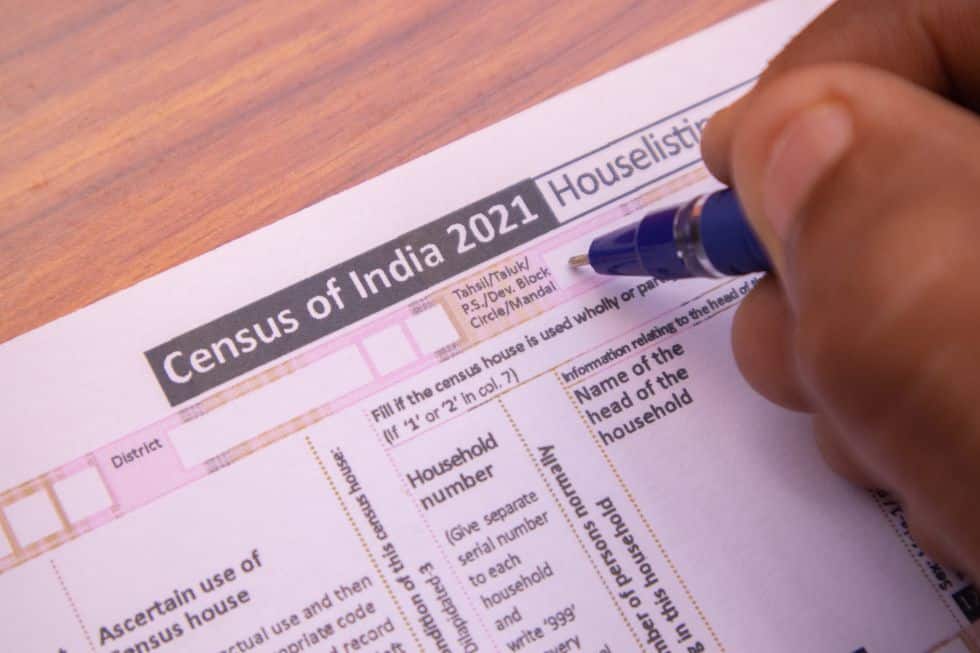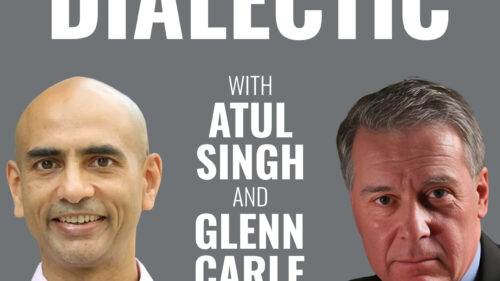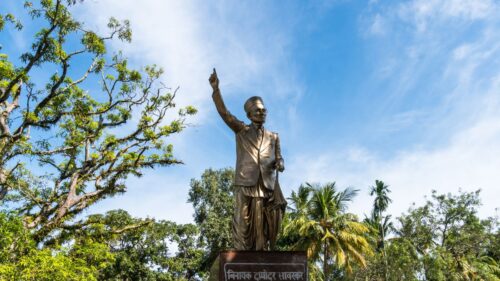In 1961, India’s first Prime Minister Jawaharlal Nehru wrote a letter to all state chief ministers and criticized caste-based reservation. He said, “This way lies not only folly but disaster.” He believed that economic and educational backwardness should be the criteria for state support rather than birth-based identity. Politicians have forgotten his words in their pursuit of vote-bank politics.
Evolution of the caste system
The Rigveda, composed around 4,000 years ago, classified Indian society into four varnas: Brahmins, Rajanyas, Vaishyas and Shudras. Each varna had a specific social role. Brahmins were tasked with seeking Brahm or universal consciousness. Rajanyas were administrators and warriors. Vaishyas were traders. Shudras were skilled and unskilled workers.
Initially, this classification was based on action. In Sloka 4.13, the Srimad Bhagavad Gita emphasizes that an individual’s actions determine their varna. From Vedic times, varna was a flexible status that one could change through personal conduct.
Over time, nepotism and self-interest corrupted the system. These changes occurred slowly, allowing non-Rajanyas to become rulers and non-Brahmins to become scholars.
The 14th-century Bhakti movement demonstrates this. Brahmin saint Swami Ramanandacharya led the movement, but most of his disciples came from non-Brahmin communities. Eventually, varna hardened into caste, which became hereditary.
Still, some communities moved upward. The Marathas, who have 96 sub-castes, were not considered Kshatriyas until the 17th century. Their military rise elevated their social status. Other castes also transitioned upward during the colonial era. Between the 1921 and 1931 censuses, many castes previously classified as backward claimed forward status. The Sabha movement of the 1920s helped many communities rename themselves and gain recognition as forward castes. For instance, Ahirs became Yadavs as Yadav Kshatriyas. Banjaras identified as Rathore and Chauhan Rajputs. Nais called themselves Nai Brahmins. Barhais called themselves Dhiman Brahmins. These communities attempted upward mobility.
The caste census is a weapon of political greed
At the first census conference after independence, India’s first Home Minister Vallabhbhai Patel said, “Formerly, there used to be elaborate caste tables which were required in India partly to satisfy the theory that it was a caste-ridden country, and partly to meet administrative measures dependent upon caste division. In the forthcoming census this would no longer be a feature.” Freedom fighters like Patel believed caste should be reduced as an identity.
Politicians instead increased caste-based politics. Castes that once sought inclusion as forward during British rule now seek classification as socially and educationally backward to receive reservations. This has become a race to the bottom.
Why did the BJP, after criticizing the caste census for so long, now support it? The answer lies in its poor economic performance and administrative failures. When the BJP under Indian Prime Minister Narendra Modi came to power in 2014, it promised to build 100 smart cities, strengthen the economy, increase agricultural income, secure borders, invest in research and development, and upgrade the armed forces. After 11 years in power, it has failed to deliver on its promises. The economy is growing at just 6%. Unemployment is at a record high. Borders remain vulnerable. The neighborhood is unstable. Cities are still shabby. The army adopted the flawed policy of a four-year service period for soldiers. The air force has only 30 squadrons against the required 42. Still, the BJP claims India is growing at an unprecedented pace. A caste census is a convenient distraction.
Indian politicians also have a habit of using resource distribution as a scapegoat. In an interview, Manu Sharma, a partner at FOI, said that first came land redistribution and the end of zamindari in the 1950s, then banking nationalization in 1969, then economic reforms in 1991, and finally demonetization and the Goods and Services Tax (GST) in 2016. All these steps were hailed as silver bullets. Now, the caste census has joined this list. It will likely be followed by increased reservations in government services and possibly their introduction in the private sector. This poses a threat to India’s internal stability. For Modi, the next election matters more.
In his book Falling Over Backwards, veteran journalist Arun Shourie wrote, “If individuals and groups get rewards on the basis of their being different from the rest, leaders will foment a politics that exacerbate the difference. The criterion of differentiation is birth. Politics will swirl around, power will congeal around these, and the chasm in society will widen to the point of sundering.” These words capture the spirit of the reservation movement. Politicians have used caste to build grievance among non-Brahmins and non-Kshatriyas, while instilling guilt among Brahmins and Kshatriyas.
Using caste as a metric of backwardness legitimizes the caste system. Instead, the government should provide quality education, healthcare and nutrition to all impoverished people in India.
The views expressed in this article are the author’s own and do not necessarily reflect Fair Observer’s editorial policy.
Support Fair Observer
We rely on your support for our independence, diversity and quality.
For more than 10 years, Fair Observer has been free, fair and independent. No billionaire owns us, no advertisers control us. We are a reader-supported nonprofit. Unlike many other publications, we keep our content free for readers regardless of where they live or whether they can afford to pay. We have no paywalls and no ads.
In the post-truth era of fake news, echo chambers and filter bubbles, we publish a plurality of perspectives from around the world. Anyone can publish with us, but everyone goes through a rigorous editorial process. So, you get fact-checked, well-reasoned content instead of noise.
We publish 3,000+ voices from 90+ countries. We also conduct education and training programs
on subjects ranging from digital media and journalism to writing and critical thinking. This
doesn’t come cheap. Servers, editors, trainers and web developers cost
money.
Please consider supporting us on a regular basis as a recurring donor or a
sustaining member.
Will you support FO’s journalism?
We rely on your support for our independence, diversity and quality.









Comment